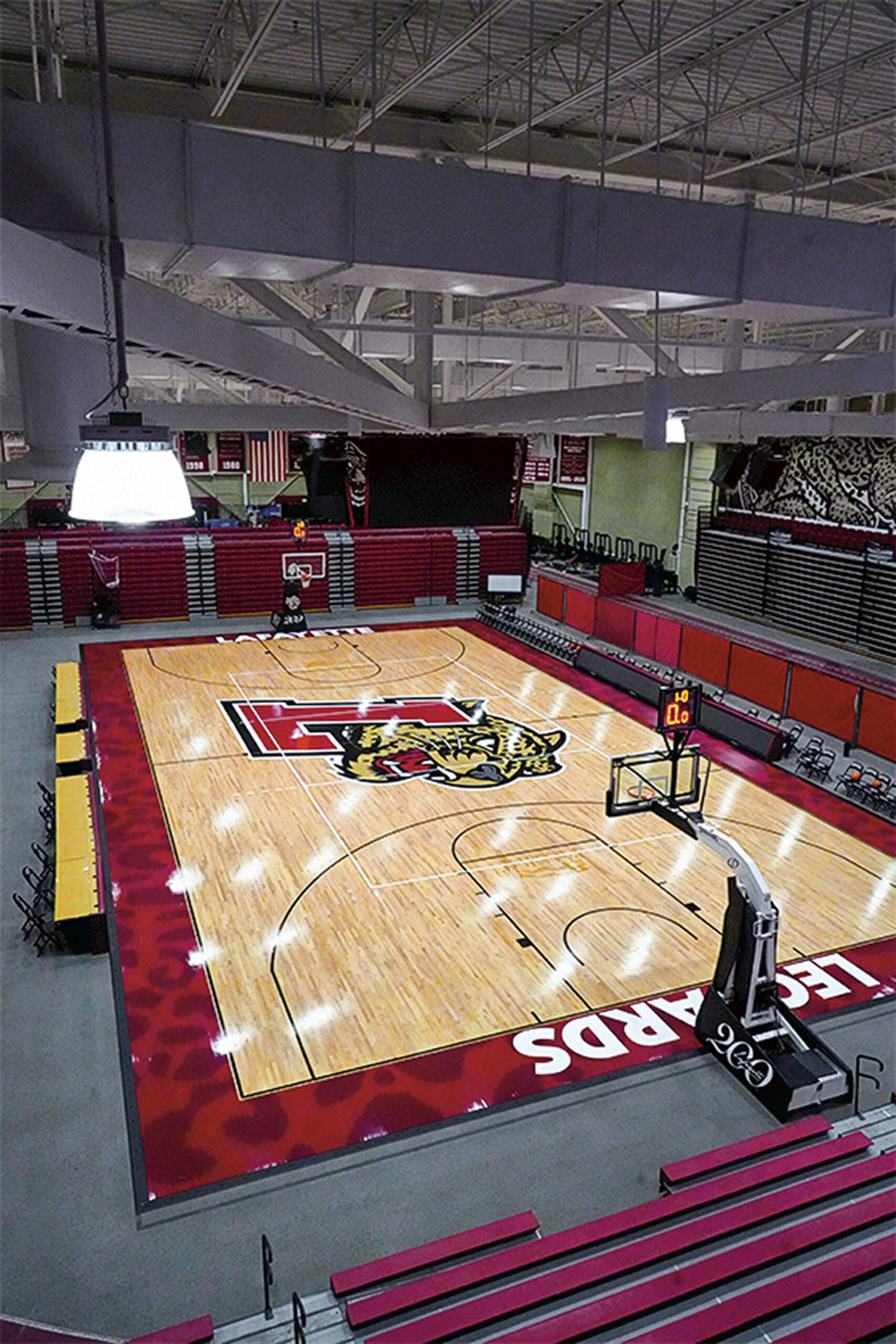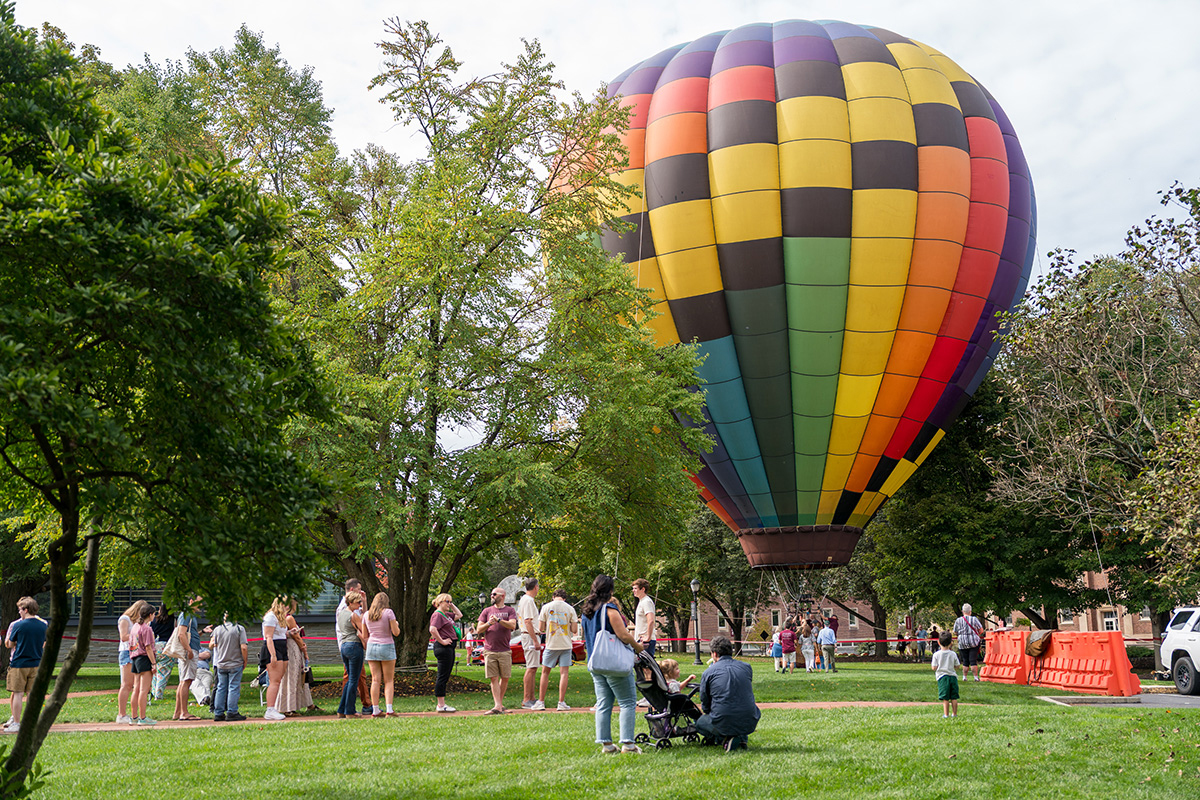Open access
A new hike-bike trail better connects the longtime escarpment between Lafayette and City of Easton.

Photo by Alfred Greenbaum
The historic staircase on Lafayette’s south-facing hillside has been an iconic, if not arduous, part of campus since 1872. These steps—144 in total—have enabled students to climb up to College Hill. But, as many alumni might remember, it wasn’t always easy.
Last fall, navigating that topography became significantly improved. Thanks to the completion of the new multimodal trail and historic step refurbishment, it’s possible to travel between College Hill and downtown Easton with greater ease.
The construction project, which took about 13 months to complete, was partially funded by a Multimodal Transportation Fund grant from the Pennsylvania Department of Community and Economic Development.
A longer trail now traverses the steep hillside, offering a better grade that makes for a more gradual experience; it takes pedestrians an average of 5 to 10 minutes to walk up to the summit.
The pathway, at its top, is marked by the new Class of 1962 Gateway Plaza, where passersby can pause for vistas of the Delaware River and City of Easton. And, after criss-crossing down the slope toward the symbolic Class of 1926 arch, the trail features wide sections of boardwalk that strategically connect cyclists to the Karl Stirner Arts Trail.
After a successful spring planting season, the trail is thriving in vegetation and visitors. Here’s an in-depth look at some of the details that went into the escarpment trail redevelopment, plus a video of the experience.
1.
Thanks to the generosity of the Class of 1962, the escarpment trail includes an overlook at the top of the steps. The Class of 1962 Gateway Plaza is located next to the Civil War monument and in between Ruef and Keefe Halls.
2.
Approximately 650 feet of existing trail was replaced and more than 1,100 feet of new trail was added to the hillside.
3.
Trees were planted at the top of the trail, and landscaping work included more than 170 plants along the pathway, featuring shrubs and ground cover, to help prevent erosion. Daffodils, steep slope grasses, and native wildflowers also decorate the hillside.
4.
The multimodal pathway, which remains a popular connector to the Karl Stirner Arts Trail, now has bike racks and benches for people passing through.
5.
Installing boardwalk piers into the steep and rocky hillside was difficult: Anchors had to be drilled 4 to 6 feet deep into the bedrock.
6.
With 22 added lampposts lightening up the pathway, the entire area is brighter and more visible.
7.
The new elevated boardwalk consists of cast-in-place concrete piers and precast concrete beams and treads.
8.
The trail services five of Lafayette’s downtown buildings, like Buck Hall and Williams Visual Arts, and provides access to Easton dining and shopping.
9.
Lafayette’s historic 19th-century staircase, just above the arch, was refurbished as part of the project.



